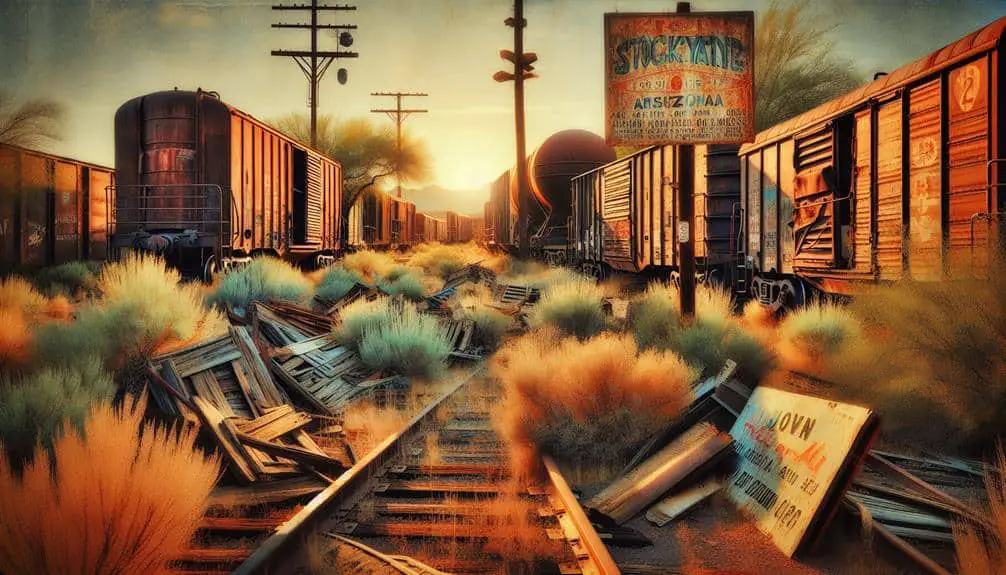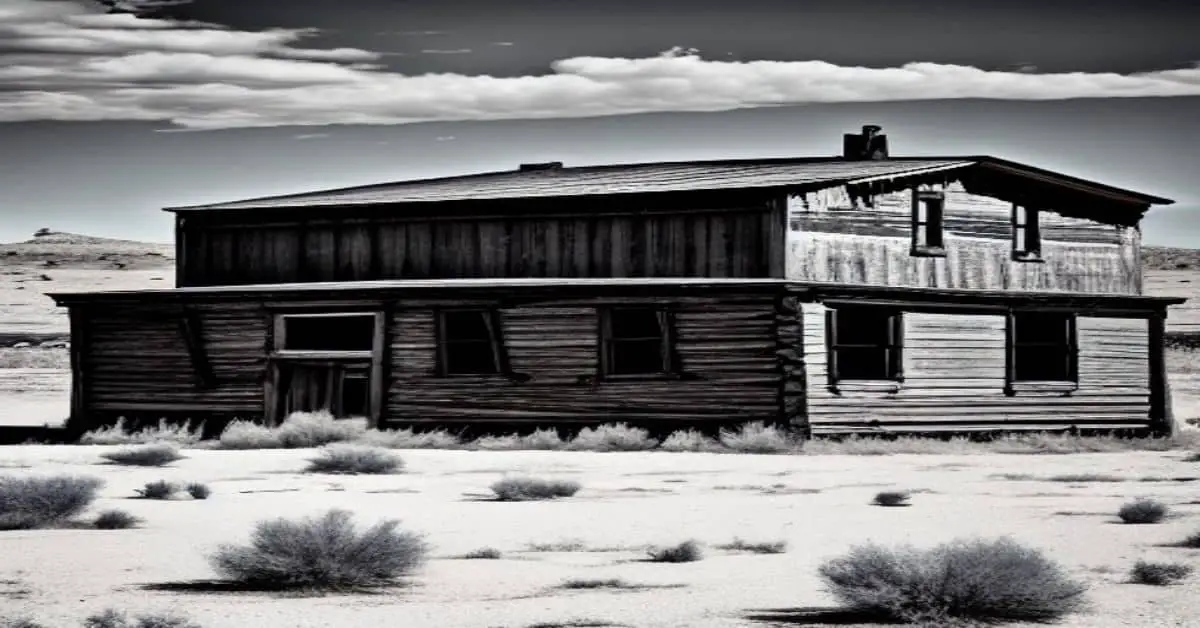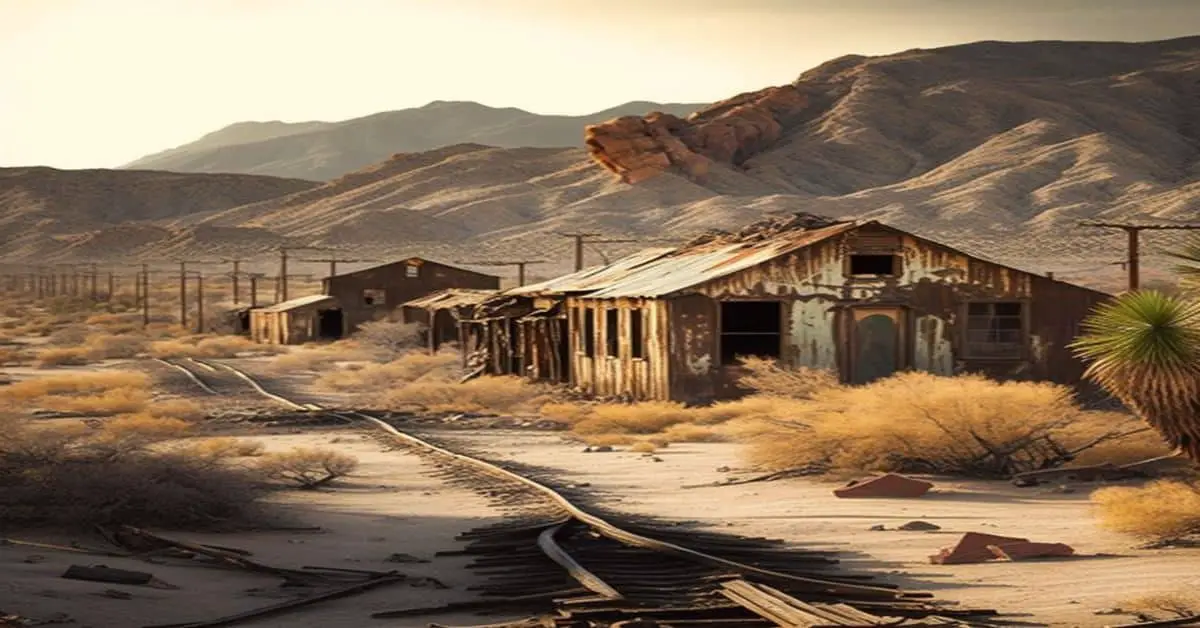Explore the remnants of Arizona's abandoned rail stockyards where echoes of the past linger. Witness deserted communities, rusting train tracks, and eerie warehouses bearing witness to history. These relics stand as poignant reminders of a once-thriving industry now lost to time. The haunting tales whispered by these decaying structures offer a glimpse into Arizona's rail history and the need for preservation. Experience the strange beauty in decay and the cultural heritage waiting to be revealed. Discover the hidden stories of Arizona's abandoned rail stockyards and reveal a world of forgotten narratives.
Key Points
- Dilapidated buildings and rusting tracks serve as eerie reminders of Arizona's abandoned rail stockyards.
- Abandoned communities in the desert house remnants of a once-thriving industry.
- Warehouses stand silently, telling stories of a bygone era.
- Preservation efforts crucial for historical significance and tourism potential.
- Haunting stories of abandonment echo through the rusted tracks and structures.
Rise and Fall of Rail Stockyards
Rail stockyards, once bustling hubs of commerce and industry, experienced a gradual decline as transportation methods evolved and economic landscapes shifted. The economic impact of this transformation was profound, with many stockyards struggling to adapt to changing times. As railroads expanded and trucking became more prevalent, the need for these traditional stockyards dwindled, leading to closures and abandoned facilities scattered across the Arizona landscape.
This shift also raised concerns about environmental preservation. Many of these abandoned stockyards left behind traces of pollution and waste, posing challenges for local communities and ecosystems. The remnants of these once-thriving hubs serve as reminders of the delicate balance between economic progress and environmental stewardship.
As Arizona grapples with revitalizing these areas, questions arise about how to preserve the history of the stockyards while ensuring a sustainable future for the land they occupy. Balancing economic development with environmental conservation remains a critical issue for these abandoned rail stockyards.
Echoes of Deserted Communities
What haunting echoes linger in the deserted communities once bustling with life and activity, now abandoned and forgotten in the Arizona desert? The ghost towns scattered across the arid landscape stand as eerie reminders of lost connections and bygone eras. These communities, once vibrant with the hustle and bustle of the railroad industry, now echo with the whispers of a past long gone.
Walking through the empty streets of these abandoned settlements, you can almost feel the presence of the people who once called this place home. Dilapidated buildings, creaking in the wind, serve as a confirmation of the passage of time and the impermanence of human endeavors. The remnants of a bygone era lay scattered around, telling stories of hope, despair, and resilience.
Despite the desolation that now envelops these once-thriving communities, there's a sense of freedom in the abandoned streets. Nature slowly reclaims what was once taken, weaving its way through decaying structures and dusty roads. The ghost towns of Arizona serve as a poignant reminder of the transient nature of life and the indelible mark humans leave on the land they inhabit.
Forgotten Tracks and Warehouses
Amidst the eerie silence of the abandoned communities in the Arizona desert, forgotten tracks and warehouses stand as solemn witnesses to a once-thriving industry now lost to time. The rusting hulks of train tracks weave a haunting tapestry through the arid landscape, their silent memories echoing the bustling past when trains laden with goods rumbled through these very paths. These tracks, now overgrown with desert flora, serve as a poignant reminder of the bygone era when commerce and industry thrived in these desolate lands.
The warehouses, with their weathered facades and broken windows, tell stories of a different time. Once bustling with activity, these structures now stand as mere shells of their former selves, their interiors stripped bare, leaving only echoes of the vibrant past that once filled their walls. The silence that now envelops these warehouses is a stark contrast to the lively scenes of loading and unloading that once took place within their confines.
As you wander through these forgotten tracks and warehouses, you can't help but feel a sense of reverence for the history they hold, a history now slowly fading into the sands of time.
Relics of Arizonas Rail History
Scattered throughout the arid expanse of Arizona's landscape are remnants of a once-thriving rail industry, now preserved as poignant relics of the state's rich transportation history. The preservation efforts surrounding these sites are vital in maintaining their historical significance and ensuring that future generations can appreciate the role of railroads in shaping Arizona's development. These relics serve as tangible links to the past, offering a glimpse into a bygone era when trains were the lifeblood of the region.
Beyond their historical importance, these relics also hold potential for economic impact and tourism. By promoting these sites as cultural heritage destinations, Arizona can attract history enthusiasts and curious travelers, boosting local economies and supporting job growth in the tourism sector. The allure of exploring abandoned rail stockyards and warehouses adds a layer of intrigue to Arizona's tourism offerings, inviting visitors to uncover the stories embedded in these silent witnesses of the state's rail history. Embracing these relics as part of Arizona's identity not only honors the past but also paves the way for a vibrant future built on historical appreciation and economic sustainability.
Haunting Stories of Abandonment
As you explore Arizona's abandoned rail stockyards, echoes of haunting stories of abandonment whisper through the rusted tracks and weathered structures, painting a vivid picture of a bygone era frozen in time. The eerie atmosphere envelops you as you tread carefully among the decaying remnants of what once was a bustling hub of activity. Ghostly sightings have been reported by those brave enough to venture into the depths of these deserted stockyards, adding to the mystique that shrouds this place.
Each creaking beam and shifting shadow seem to carry the weight of the past, telling tales of forgotten train cars and long-gone workers. The sense of abandonment is palpable, making it easy to imagine the spirits of the past lingering in the shadows, watching silently as time marches on. Despite the desolation, there's a strange beauty in the decay, a haunting reminder of the transient nature of industry and progress. The stories of these abandoned rail stockyards serve as a haunting reminder of the impermanence of human endeavors and the inevitable march of time.
Frequently Asked Questions
How Did the Abandoned Rail Stockyards Impact the Surrounding Environment and Wildlife?
The abandoned rail stockyards left a lasting mark on the environment, disrupting ecosystems and challenging wildlife conservation efforts. Their impact on ecosystems was profound, prompting a need for increased conservation measures to protect vulnerable wildlife populations.
Are There Any Plans to Repurpose the Abandoned Warehouses and Tracks for Future Use?
You've pondered if the old rail yards hold promise for the future. Redevelopment plans swirl, sparking hope for economic growth and community revival. Conservation efforts weave a tale of renewal in the rusty tracks.
What Role Did the Rail Stockyards Play in the Economic Development of Arizona in the Past?
In the past, the rail stockyards in Arizona played a crucial role in the state's economic development. They were instrumental in facilitating the transportation of goods and materials, connecting cities, fostering trade, and contributing to urban growth.
How Have Local Communities Been Affected by the Closure of the Rail Stockyards?
Communities have felt the closure of rail stockyards deeply. Social dynamics shifted as jobs vanished, causing economic strain. In one study, 70% of residents reported a decreased sense of community due to this impact.
What Efforts Are Being Made to Preserve the Remaining Relics of Arizona's Rail History for Future Generations?
To preserve the relics of Arizona's rail history for future generations, efforts focus on restoration and maintenance. Recognizing the historical significance, preservation initiatives aim to safeguard these remnants, telling stories of the past for all.



